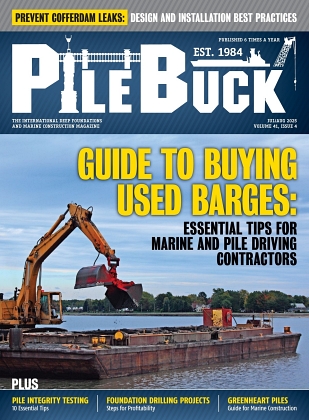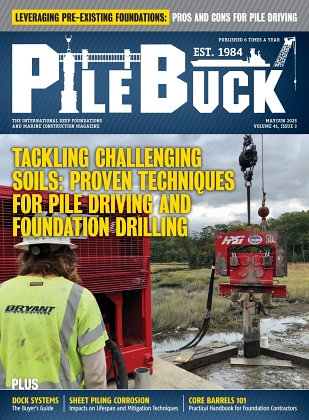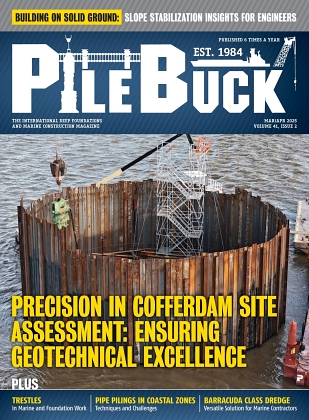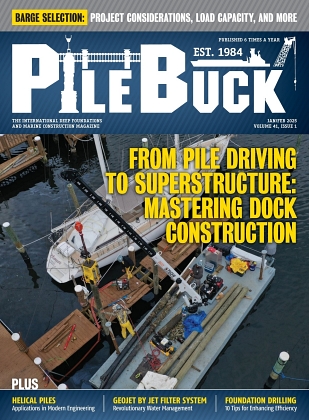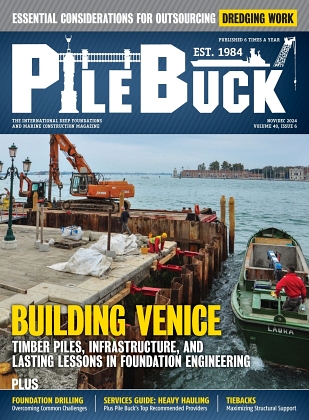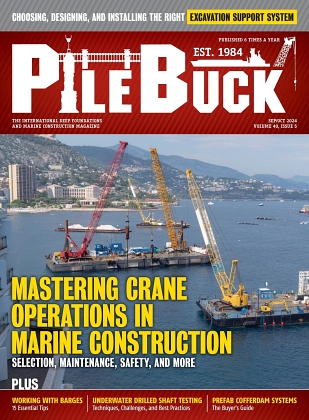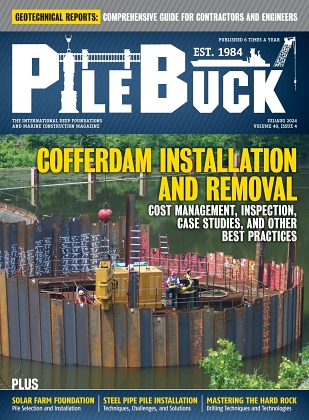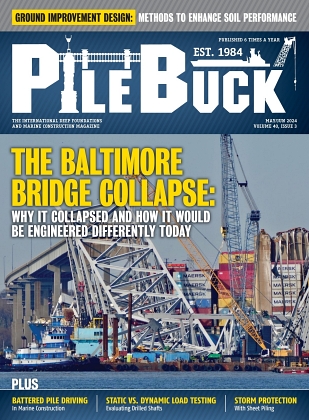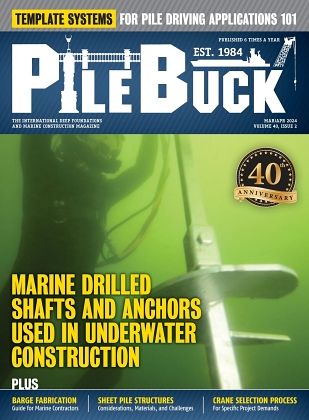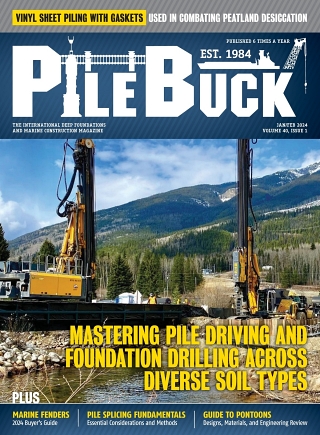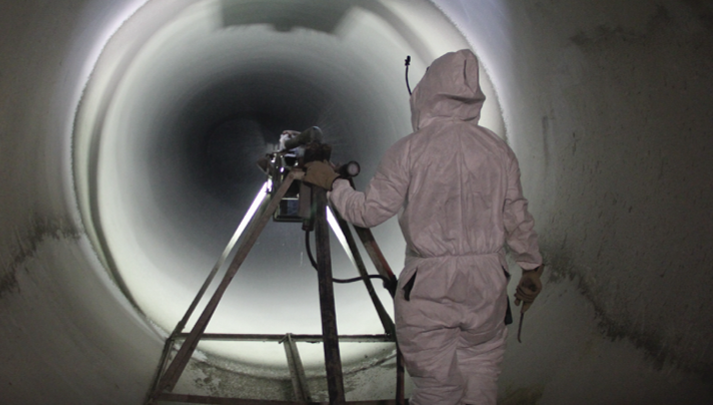Amphibious Excavators: Revolutionizing Waterfront Pile Driving Projects
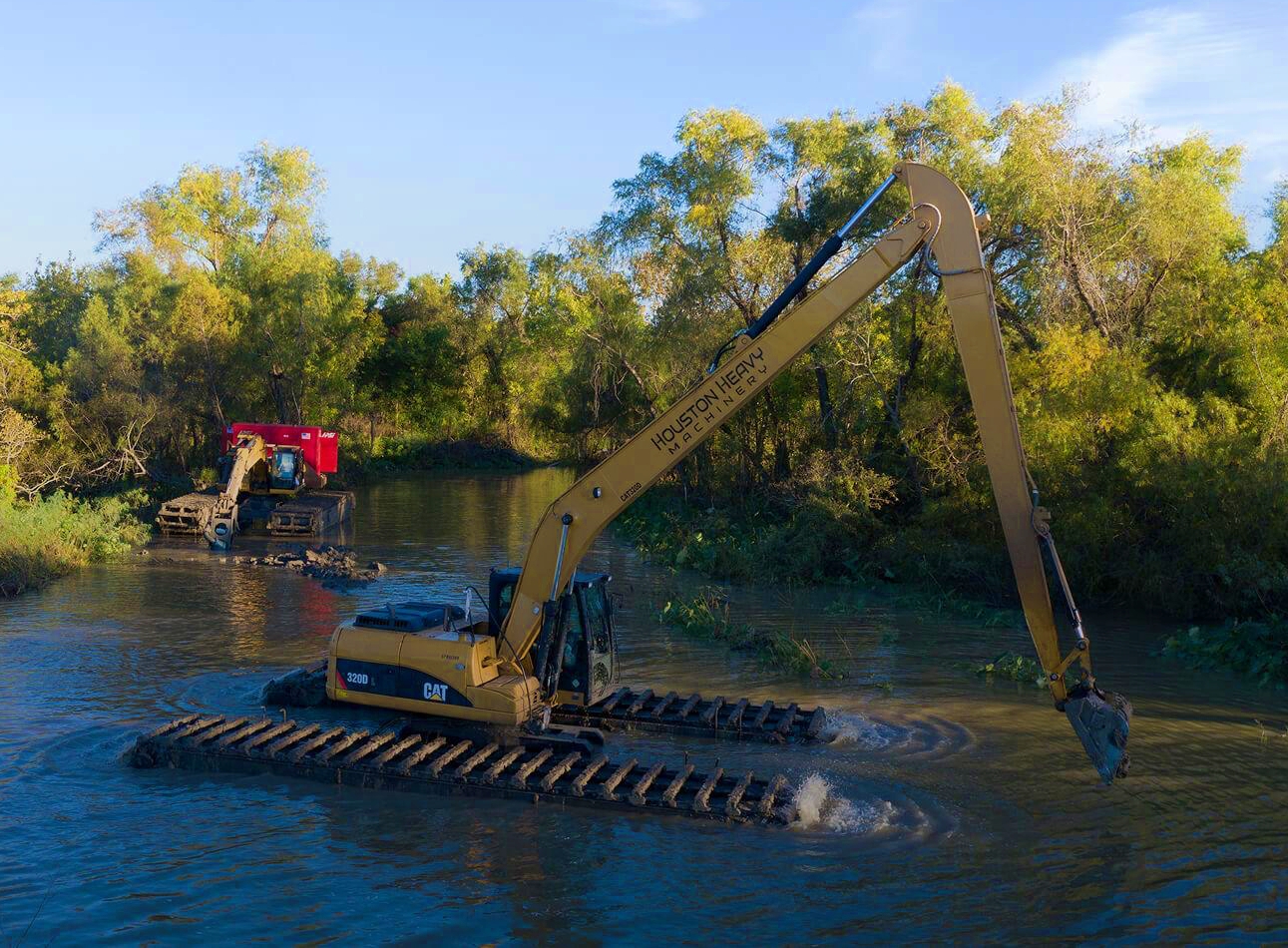
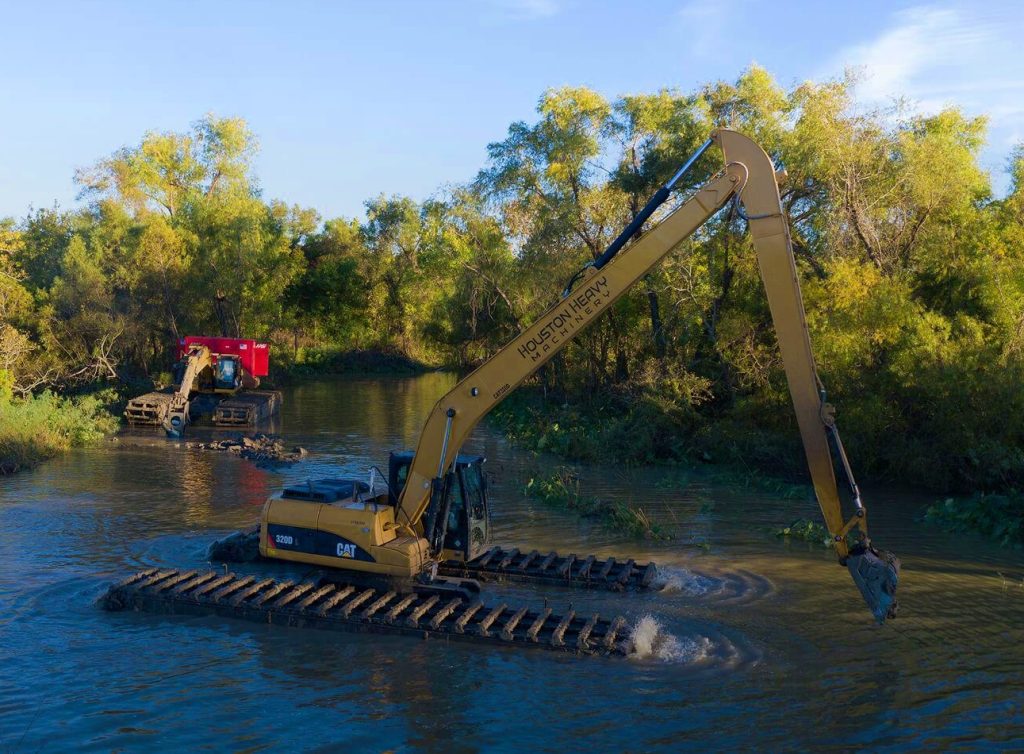
Waterfront pile driving has always been one of the toughest challenges in heavy construction. Traditional machinery often fails when the ground is saturated, the terrain unstable, or the water level unpredictable. But over the last decade, a new breed of equipment has reshaped how contractors approach these environments. Amphibious excavators, purpose-built for soft terrain and shallow water, are redefining the efficiency, reach, and environmental footprint of waterfront pile driving projects.
These machines are not just upgraded diggers. They are a fusion of power, flotation, and precision. With the right setup and attachments, they can drive piles in swamps, tidal flats, riverbanks, and wetlands with minimal disruption to the surrounding ecosystem.
Why Conventional Equipment Struggles Near Water
Pile driving in waterfront zones means battling soft soils, silt, and fluctuating water levels. Conventional excavators or cranes require stable platforms, mats, or barges to function safely. This adds cost, complexity, and risk. Even when mobilized successfully, they struggle to maintain balance on unstable ground or operate efficiently in partially submerged conditions.
By contrast, amphibious excavators are designed specifically to float and maneuver where others sink. Their sealed pontoons and amphibious undercarriage systems deliver exceptionally low ground pressure, allowing them to glide over mud, sand, and shallow water while maintaining stability during piling operations.
Engineering That Makes the Difference
The Amphibious Advantage
An amphibious excavator’s undercarriage acts like a buoyant hull. Each pontoon is engineered for both flotation and traction, allowing the machine to operate partially submerged without additional support. Hydraulic extensions enable the pontoons to widen for extra stability or retract for transport.
This adaptability transforms waterfront construction. From tidal marshes to reclaimed land, these machines eliminate the need for temporary work platforms or costly dredging just to stabilize the work area.
Built for Pile Driving Efficiency
When equipped with an excavator-mounted vibratory hammer or hydraulic pile driver, amphibious machines can perform foundation work that once required a barge crane. Their stable, floating design allows contractors to install sheet piles, H-piles, or pipe piles precisely, even in shifting soils. This integration dramatically reduces setup time and fuel costs.
The ability to pair the excavator with specialized heavy equipment attachments such as pile clamps, spuds, or long-reach arms, further expands the machine’s versatility for waterfront projects.
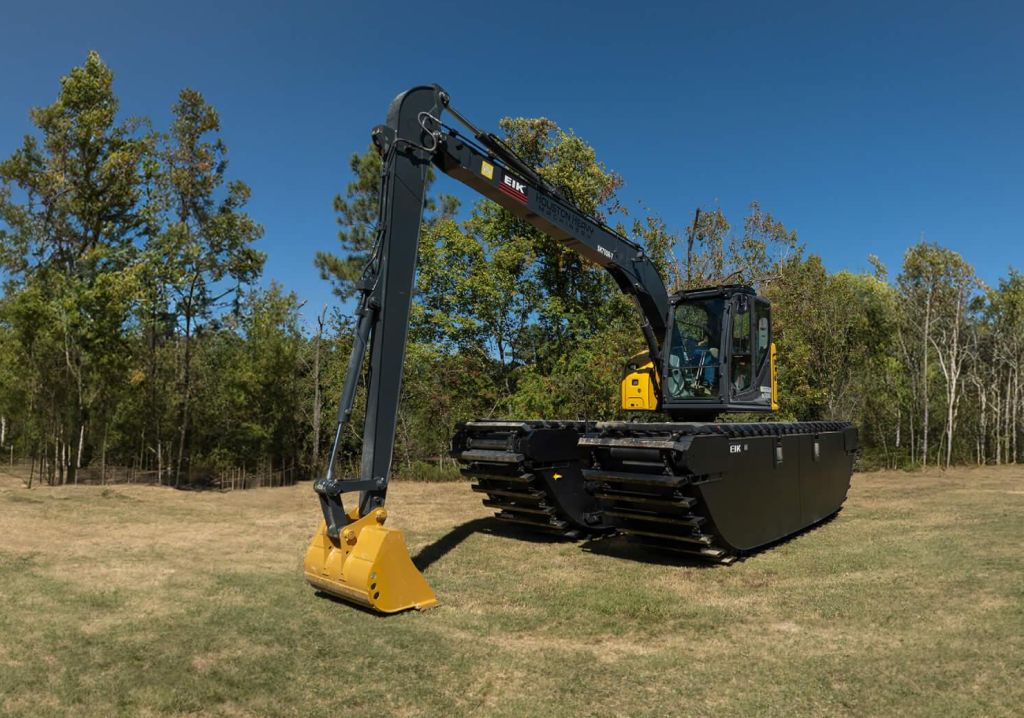
Environmental and Logistical Benefits
Reduced Site Preparation
Traditional piling setups often involve constructing temporary access roads, work mats, or floating platforms. Each of these steps increases project costs and environmental disturbance. Amphibious excavators skip that process entirely, mobilizing straight into wet conditions with little or no ground modification.
Lower Ecological Impact
Many waterfront jobs are located in ecologically sensitive areas, wetlands, marshlands, and floodplains. Because amphibious excavators distribute their weight evenly, they minimize ground compaction and habitat disruption. Using this type of amphibious equipment allows contractors to perform high-impact work with a lighter environmental footprint.
Enhanced Productivity
Less preparation means faster mobilization. Combined with the ability to switch between excavation, grading, and piling attachments, amphibious machines shorten project timelines. They also require fewer support vehicles, reducing logistical overhead and maintenance.
Applications Across the Waterfront
Piers, Docks, and Bulkheads
Building a pier or dock requires driving piles in submerged or semi-submerged zones. A floating excavator can maneuver directly to the work area, position piles accurately, and drive them using a vibratory hammer without relying on a barge. The result is a faster, more flexible setup that improves safety and reduces downtime.
Shoreline Protection and Flood Control
Erosion control and flood defense projects often demand sheet piling along unstable banks. Here, amphibious machines excel. Their ability to stabilize themselves in mud or shallow water allows operators to position and drive piles with precision, even in tight or shifting environments.
Dredging and Land Reclamation
Amphibious excavators are also crucial in dredging and restoration projects. They can dig silt, remove sediment, and then switch attachments to install piles or structures, all without changing platforms. This dual capability streamlines the entire waterfront development process.
Civil and Environmental Works
From bridge foundations to wetland restoration, these excavators integrate smoothly into civil excavation projects. Their long-reach capability and stability make them ideal for installing piles or foundations in difficult terrain where cranes or pontoons would normally be required.
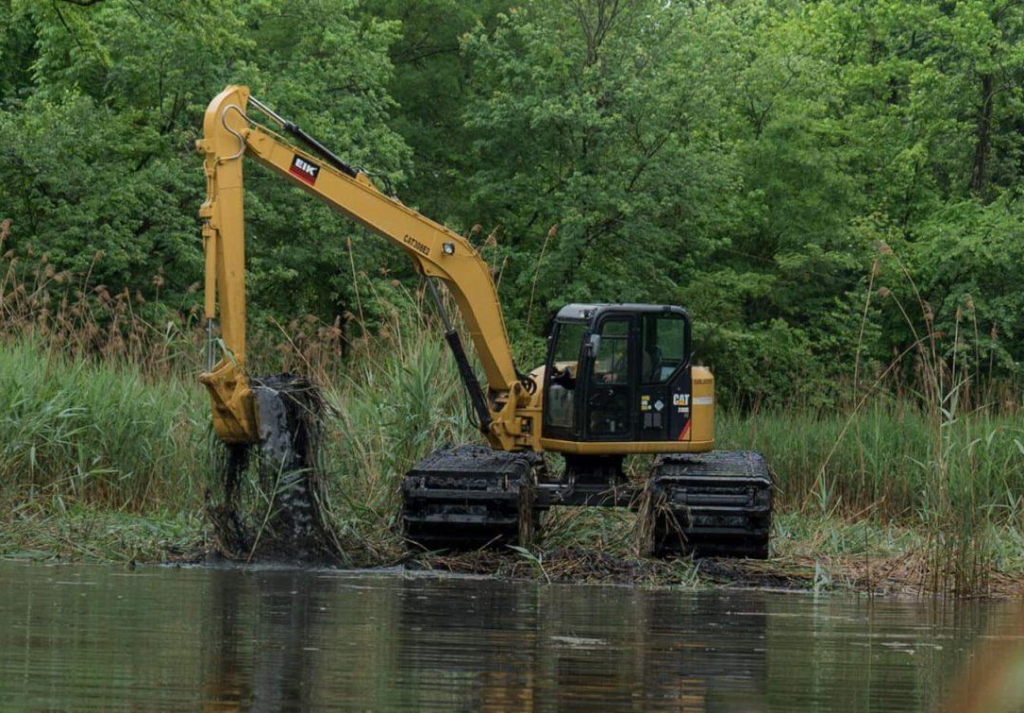
Choosing the Right Amphibious Excavator
Selecting the right machine depends on ground conditions, project depth, and required reach. Contractors should evaluate pontoon size, hydraulic power, and compatibility with piling attachments. Long-reach configurations are often preferred for deep-water or wide-span projects.
Reliable suppliers also provide maintenance and service support to ensure continued performance in corrosive or high-moisture environments. Track rebuilds, hydraulic tune-ups, and part replacements extend the life of the machine, protecting long-term ROI.
For operators working across multiple job types, investing in an adaptable model with interchangeable attachments can pay dividends. Having a single platform for excavation, dredging, and piling simplifies logistics and training.
The Future of Waterfront Pile Driving
As marine construction evolves, contractors are under pressure to deliver faster, cleaner, and safer results. Amphibious excavators are at the forefront of that shift. Their combination of versatility, mobility, and environmental care makes them an indispensable tool for modern infrastructure.
Future advancements, like autonomous controls, improved hydraulic systems, and smarter load balancing, will only amplify their impact. For now, the technology has already proven itself across ports, floodplains, and restoration sites worldwide.
By leveraging high-performance amphibious undercarriage technology and specialized attachments, contractors can expand their operations into places that were once inaccessible or too costly to reach.
The shift toward amphibious construction machinery represents a major leap forward in marine and waterfront engineering. From precision pile driving to shoreline stabilization, these machines make it possible to work directly in challenging wet environments without sacrificing efficiency or safety.
Whether your project involves dredging, civil excavation, or large-scale restoration, choosing reliable amphibious excavators with full maintenance and part-replacement support is a strategic investment. They deliver the stability of land operations with the adaptability of marine platforms, revolutionizing how the industry tackles its toughest waterfront foundations.


